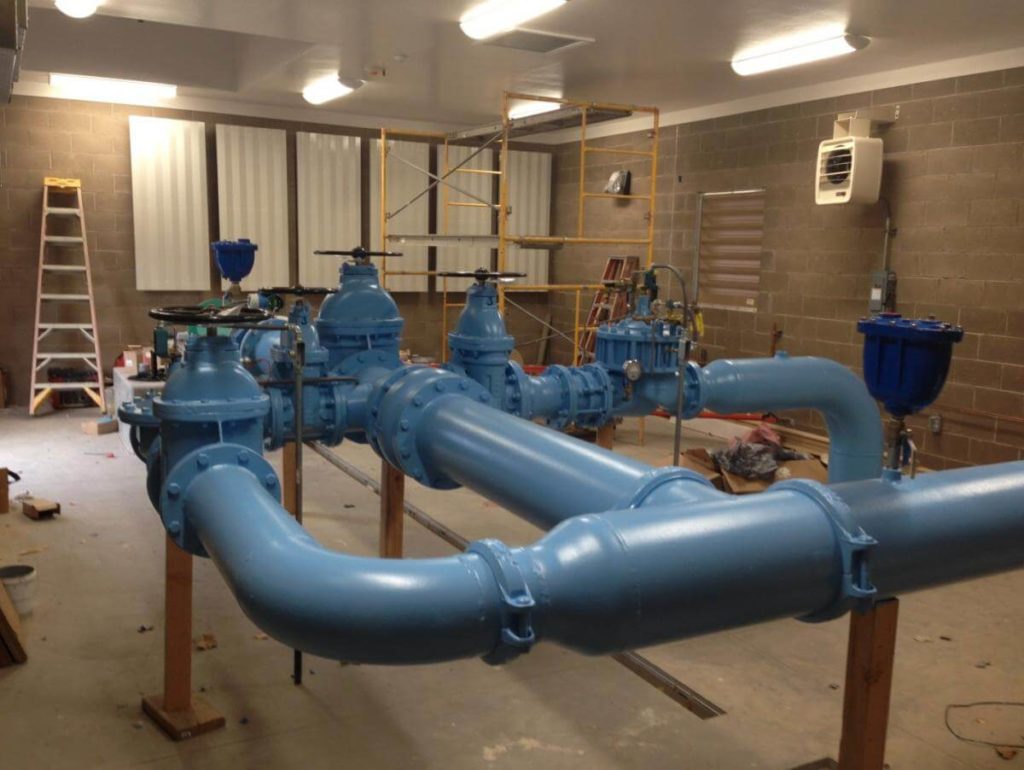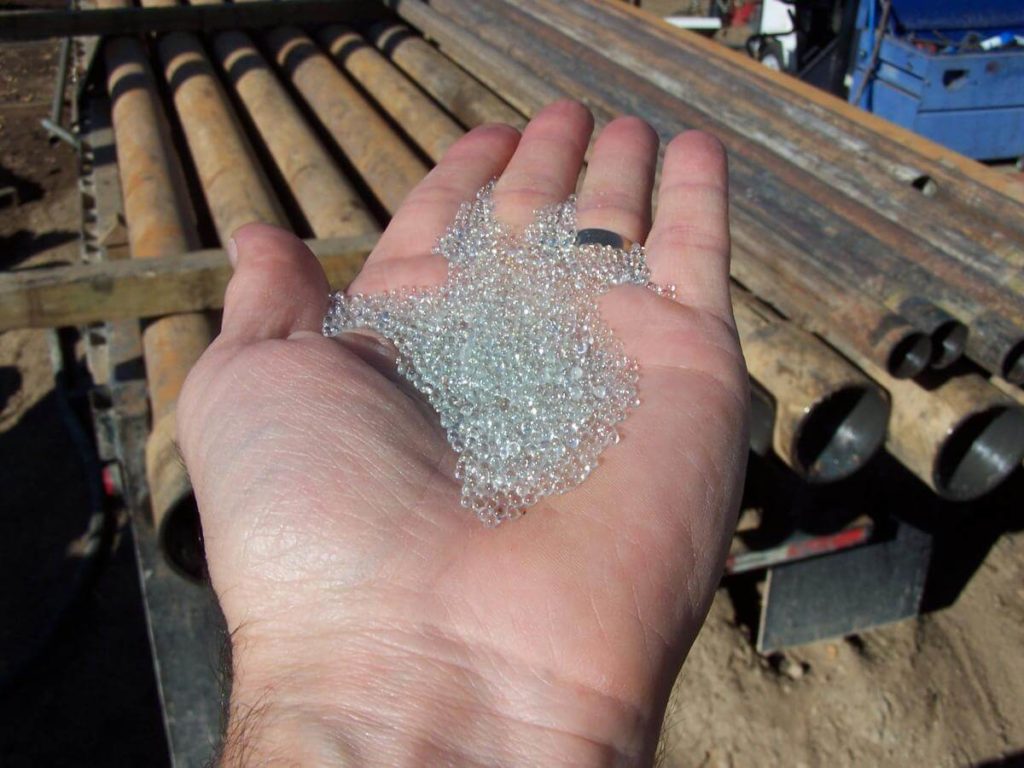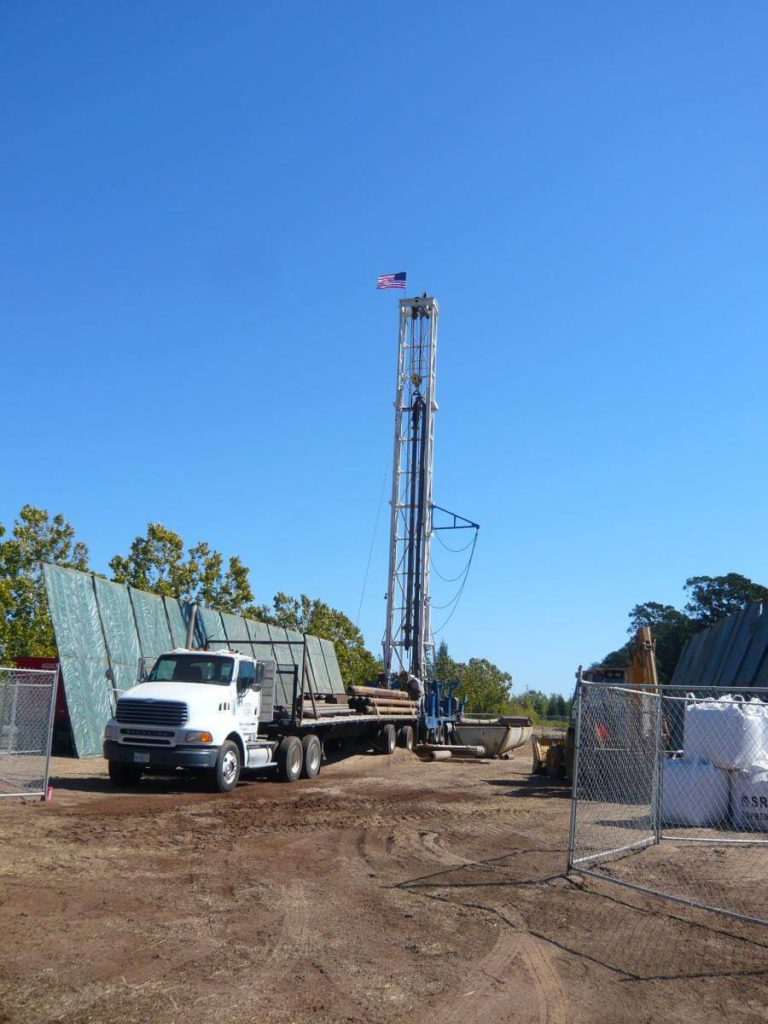
The objective of Roseville’s Aquifer Storage and Recovery (ASR) Program is to store surplus drinking water (10,000 acre-feet per year) in the underlying aquifer during periods of normal and above normal precipitation. This stored drinking water is then extracted and served to meet peak demands. West Yost provided design and construction management services for two ASR wells for the City.
Blue Oaks Well: The Blue Oaks Well is the first well in California to use silica beads instead of natural filter pack. It is expected that the silica beads will improve well efficiency resulting in energy savings, reduce the frequency of backwash cycles during injection, and reduce the frequency of well redevelopment.

Roseville’s ASR Program is the first of it’s kind in the Central Valley of California and serves as a model for ASR development for Conjunctive Use projects under development throughout the Southwestern United States.
Roseville’s Blue Oaks Well is first in California to use silica (glass) beads, shown below, in place of natural filter pack. It is expected that glass beads will improve well efficiency, resulting in energy savings, reduced frequency of backwash cycles during injection, and reduced frequency of well redevelopment
Del Webb Well and Hayden Parkway: West Yost provided design and construction phase services for the development of two wells (with associated pump stations and site improvements) for the City. In addition to emergency supply, the Del Webb and Hayden Parkway Wells are key elements of the City’s ASR Program.
Minimizing construction related impacts to nearby residents was a challenge. Activities with the most potential impact included 24-hour drilling activity on the Dell Webb site and traffic impacts during construction of in-street tie-in to the existing storm drain. Mitigation measures included the use of temporary traffic controls and facilities such as sound curtains or walls. Mitigation measures considered during the planning of the project included using smaller and quieter mud-rotary drilling rigs for exploratory drilling.



